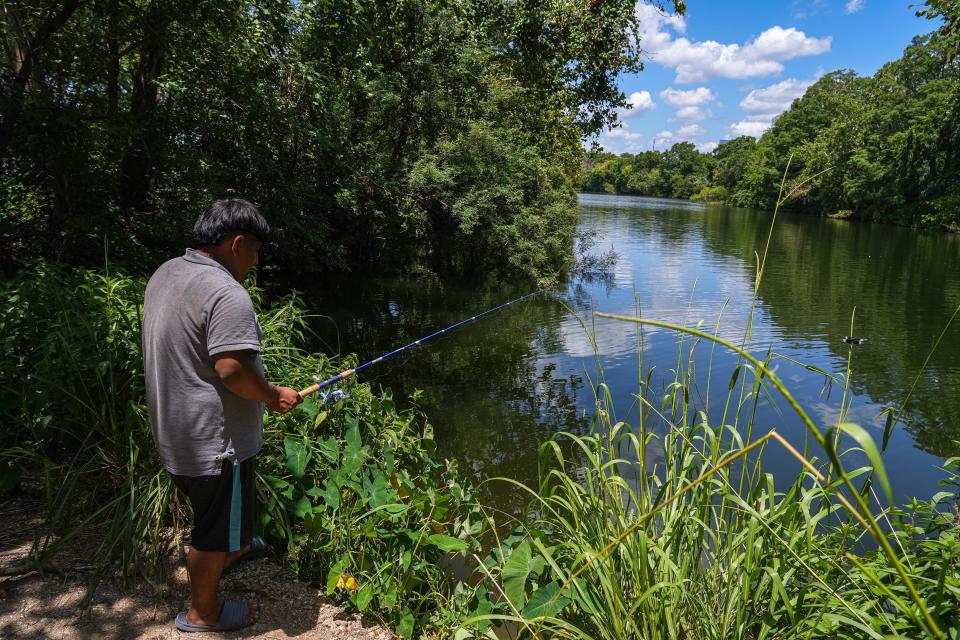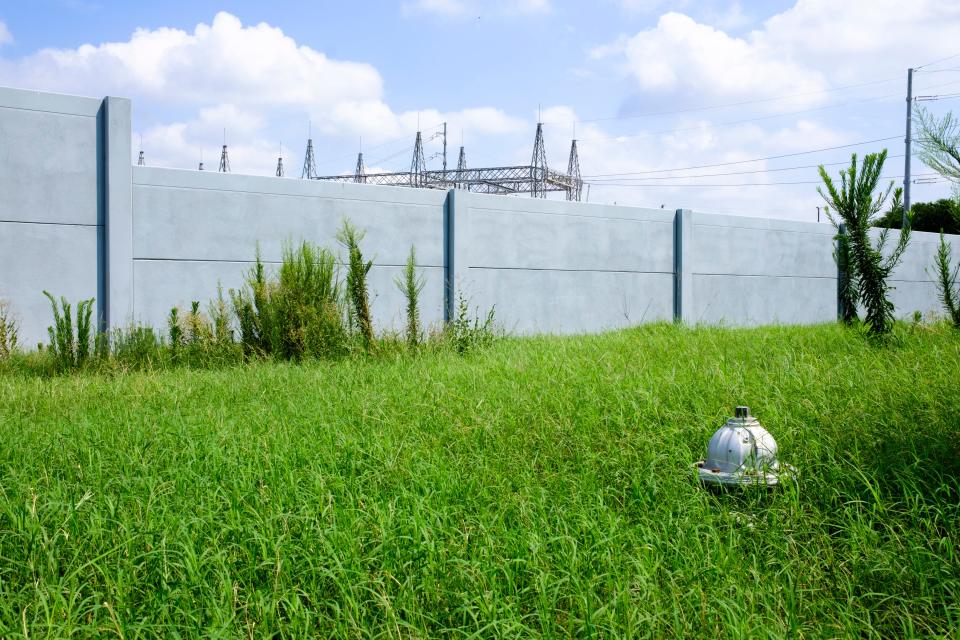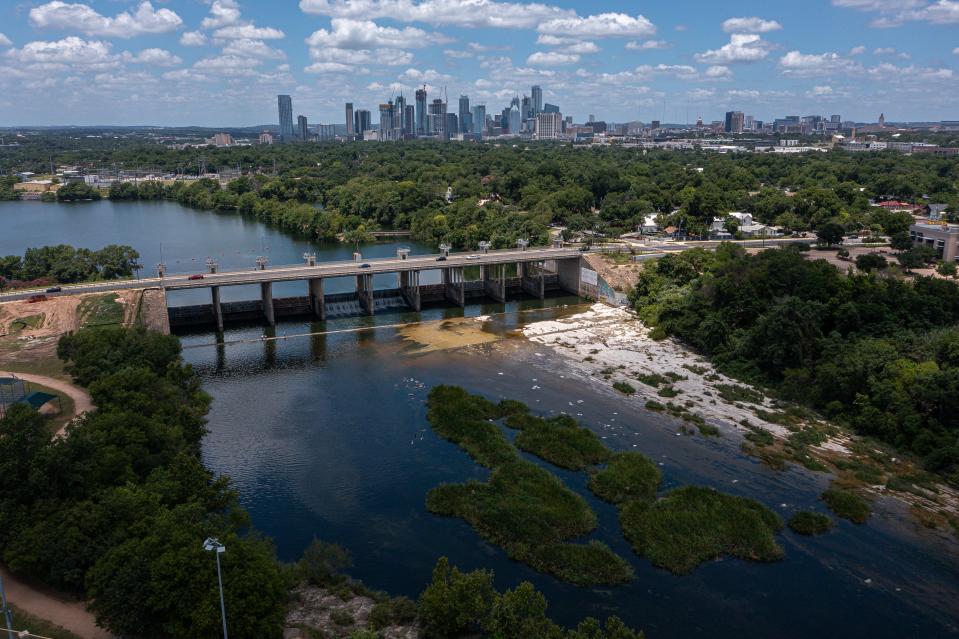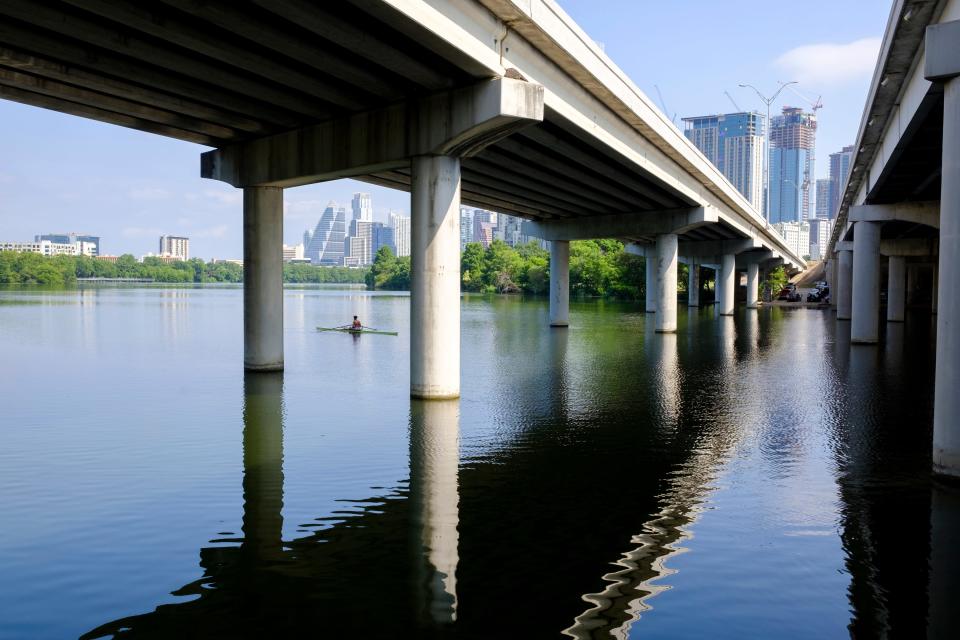A power plant once split this East Austin neighborhood. Now the community is reclaiming it
When Jorge Sanhueza-Lyon first moved to East Austin’s Holly neighborhood in 1994, his home sat just a half-dozen blocks from the power plant. It was industrial. Loud.
As a runner, Sanhueza-Lyon took advantage of the Ann and Roy Butler Hike and Bike Trail, the multiuse path that traces a ring around Lady Bird Lake. But instead of running on the portion of trail near his Holly home, he’d drive west of Interstate 35.
“I tended to stay away from the power plant because it wasn't a pleasant area to be around on the trail,” he said.
Built beginning in 1958, the Holly Power Plant drew decades of fierce protest from the predominantly Mexican American community in which it was wedged. In 2007, the city finally decommissioned it. Since then, Austin’s Trail Conservancy, the nonprofit that oversees the Butler trail, has been transforming the site back into parkland. Coming soon, the conservancy will break ground on two long-awaited projects in the area.

‘Complete in a way it never was before’
Before the Holly plant was demolished, trailgoers like Sanhueza-Lyon had to navigate streets around the industrial site to connect to the eastern portion of the Butler trail.
Now that’s changing. A waterfront path completed in 2022 blazes through the old plant, connecting the east end of Butler with the beginning of the west.
More: Holly Shores segment of Butler Hike and Bike Trail on Lady Bird Lake now open
The reclaimed parkland is a blank slate that the conservancy's chief operating officer, Hanna Cofer, is audibly excited about.
“The trail’s complete in a way it never was before,” she said.
Sanhueza-Lyon, in addition to being a longtime Holly resident, is a photojournalist who once worked at the American-Statesman. Now, as a member of the Holly Shores design team, he’s working on a project to preserve Holly’s history by interviewing and taking photos of people from the community.
More: Trail Conservancy takes over full-time management of Austin hike-and-bike trail

These days, Sanhueza-Lyon said he’s seeing more neighbors walking to the Butler trail from their houses. On his own jaunts, he marvels at the trees growing on the palimpsest of the old power plant.
Now the conservancy is moving forward on further improvements.
Breaking ground on a $25M pedestrian bridge
Longhorn Dam, which formed Lady Bird Lake as a cooling reservoir for the Holly Power Plant, is the last stretch of the Butler trail where users still have to navigate a major road. A $25 million project, set to begin in early July, aims to remedy that.
The new bridge will bypass the traffic by running parallel to Longhorn Dam over the lake. A third leg of the bridge will spring to the west, forming a wishbone shape.

More: Backed by federal funds, Austin OKs deal to build pedestrian bridge over Lady Bird Lake
Planning for the wishbone bridge began in 2018. Two years later, voters approved a bond proposal allocating $20 million for the project. Another $4 million from a federal grant arrived in April, filling budget shortfalls.
The Austin Trail Conservancy and its city partners will begin construction on the bridge Monday July 2, according to a recently updated timeline from Capital Delivery Services. The new addition to Butler trail is projected to open to the public in 2026.
A new pier for fishing on Lady Bird Lake
Construction of a new fishing pier near Holly is also projected to begin in August, Cofer said. The $2 million project will probably go up fast. Much of the structure will be built off-site and then floated into place on the lake.
All of the conservancy’s large projects are informed by extensive community engagement, Cofer said; this project arose from feedback that trailgoers wanted more spaces for fishing.
Close to a dozen species swim in Lady Bird Lake — from catfish to alligator gar — each of which has a special set of restrictions on what size is a keeper and how many can be taken home a day. Those regulations are set by the Texas Parks and Wildlife Department.

The conservancy’s new pier will be accessible to people with disabilities, and construction will patch holes in Americans with Disabilities Act accessibility on the surrounding trail, Cofer added.
Funding for the pier will come from a mixture of parkland dedication, a pool of money from fees paid by local developers, corporate sponsors and individual donors.
For future Holly projects, Cofer said parkland dedication funds probably wouldn’t be available. Instead, the conservancy will look for community-level grants and single donations.
The city gave the land that once sat beneath the power plant back to the Holly neighborhood. Now, Cofer said, individual contributions and family foundations will need to fuel most of the improvements.

‘More like the trail on the other side of 35’
When he bought his home in Holly nearly 30 years ago, Sanhueza-Lyon said he was just a kid. The neighborhood raised him, he said, and as he grew up and changed, so did Holly.
Coffee shops grew more expensive. The bars did, too. Mariachi music used to play in the streets — those sounds have faded.
More: Hispanic flight from Austin tied to affordability, gentrification, experts say

There was a stark difference from one side of Interstate 35 to the other, Sanhueza-Lyon remembered.
“They used to call it the tortilla curtain,” he said. “It applied to the trail. It applied to city services. It applied to so many things back then.”
The Holly Power Plant became emblematic of that inequality: a physical barrier along the Butler trail.
“It had spills and explosions,” Cofer said. “And so it's kind of a blight on Austin.”
Today, instead of driving to the other side of town, Sanhueza-Lyon runs right through the decommissioned plant —on the east side of the Butler trail. He mused that the park’s recent improvements feel like a “wonderful, weird kind of semi-equity.”
On Friday, Sanhueza-Lyon noticed the trees growing at the new park, home to a new path and new life.
“It looks a lot more like the trail on the other side of 35 now,” he said.
Editor's note: This story has been updated to include an expedited timeline for the construction of the wishbone pedestrian bridge near Longhorn Dam.
This article originally appeared on Austin American-Statesman: A power plant once divided parkland in East Austin. Today it connects.

